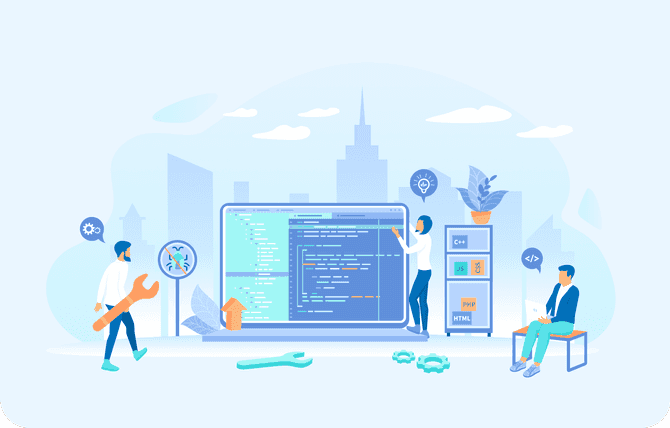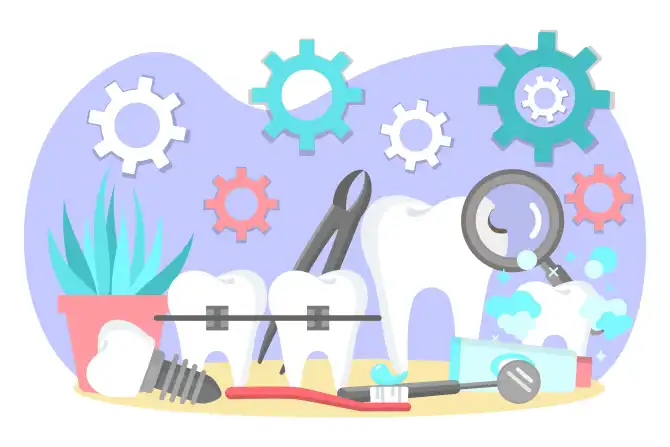
What is the Future of AI in Orthodontics and its Role Within VISION: An Engineer’s Viewpoint
by Dmitry Garshin & SoftSmile Team in Apr 30 2023
As AI makes inroads into many aspects of modern life, it is also quickly changing orthodontic treatment planning. This includes SoftSmile's VISION treatment planning software that incorporates AI and machine learning, which facilitates easy integration with dental labs manufacturing dental aligners.
We spoke with Dmitry Garshin, R&D lead and Solution Architect at SoftSmile about how AI is incorporated into VISION, the future of VISION, and the way the AI in the software can improve the treatment planning experience for doctors.
Do you ever foresee a time when AI-based products like VISION will no longer require input from humans?
In short, the answer is no. The real question is how much time or effort a user will need to put in to see results from VISION. I believe that the industry is moving to minimize the interaction between doctors and treatment planning software. However, I'm not sure that in the foreseeable future, this interaction between humans and a product like VISION will end completely.
How did you organize the AI learning process in VISION?
VISION’s AI works differently in various applications, depending on its specifications. Let me give you one unusual example. There were different options for VISION to learn how to reconstruct a tooth shape. We realized that this would require quite a big set of data for training machine learning to reconstruct teeth. Technically, we would need to build this data set from scratch. It would be difficult to get a sufficient number of physical objects needed for the AI to learn the geometry of the teeth and gingiva. That's why we chose another option. We built a mathematical model that creates a detailed reproduction of the real object's geometry. Of course, it's not a perfect solution, but it's the better option of all the options available to us at the moment. As soon as we release cone-beam computed tomography (CBCT) segmentation functionality and accumulate enough data, we will be able to complete the second step: train a machine learning model for tooth shape prediction, which will yield more anatomically correct results.
Is it true that VISION is based on video gaming technology?
Yes, the desktop application of VISION is based on a game engine called Unity 3D. It is widely used for video game development. In the early days of VISION, we decided that the look and feel of the application were very important and a decision was made to base VISION on Unity 3D. The benefit of this approach is that it is flexible for visualizing objects. For example, the visuals look quite realistic. Of course, it has some challenges, as the software application becomes bigger and it requires modern hardware and more memory. We believe it is important for our users to feel and comprehend the shape of an object more intuitively with a realistic 3D visualization.
What does the future of VISION look like to you?
Over the next year, we will be polishing existing functionalities and improving the user experience of VISION. This will mostly revolve around continually improving usability with additional user interfaces and creating functionalities for the configuration of the system for individual users. Our focus will be growing our client base by launching our Web Portal, which is aimed to reach mass users.
As soon as we achieve that, we have plans for more AI-related actions like automatic Setup and CBCT segmentation.
The next few years will be devoted to learning the habits and preferences of our customers, improving modeling, and applying our brand-new approach to mechanical processes modeling. This is currently in prototype and I expect it will be released in another year or two.
Longer term, our challenge will be decreasing the time users spend with the software. While we will not be able to completely automate this, we can potentially decrease it significantly.
Dmitry serves as the R&D lead at SoftSmile and is responsible for helping to develop SoftSmile’s VISION software which is an automated treatment planner.



